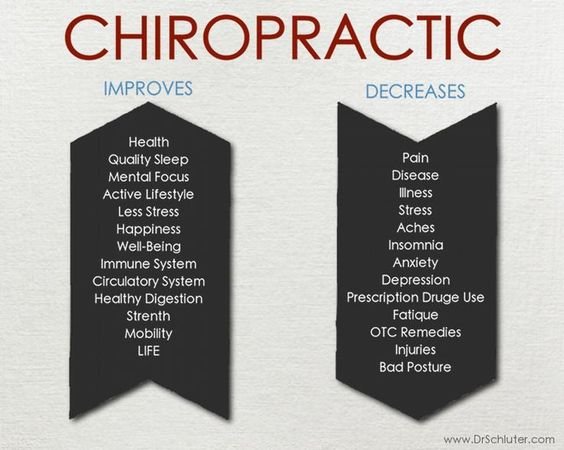Prepare Yourself To Explore The Remarkable World Of Mobile Communications In Cold Laser Therapy And Exactly How It Utilizes Light To Assist In Healing. Take A Deeper Study The Clinical Elements!
Prepare Yourself To Explore The Remarkable World Of Mobile Communications In Cold Laser Therapy And Exactly How It Utilizes Light To Assist In Healing. Take A Deeper Study The Clinical Elements!
Blog Article
Published By-Harbo Peters
You may have become aware of cold laser treatment as an encouraging treatment option for various conditions, yet have you ever before questioned just how it really services a mobile level? Comprehending the mechanisms behind this treatment can shed light on its effectiveness in advertising healing and lowering inflammation. By exploring the science behind cold laser treatment, you'll gain understandings into the fascinating methods which light can influence cellular procedures and assist in cells repair.
How Cold Laser Treatment Functions
To comprehend how cold laser treatment functions, you need to understand the basic principles of just how light power engages with biological tissues. Cold laser therapy, additionally known as low-level laser treatment (LLLT), utilizes details wavelengths of light to penetrate the skin and target hidden tissues. Unlike the intense lasers used in procedures, cold lasers release low levels of light that don't create warmth or create damages to the cells.
When these mild light waves reach the cells, they're soaked up by elements called chromophores, such as cytochrome c oxidase in mitochondria. This absorption activates a series of organic feedbacks, consisting of raised mobile power manufacturing and the launch of nitric oxide, which improves blood circulation and reduces swelling.
Furthermore, the light power can also boost the manufacturing of adenosine triphosphate (ATP), the power currency of cells, assisting in cellular repair and regrowth processes.
Basically, cold laser treatment utilizes the power of light energy to advertise recovery and minimize discomfort in a non-invasive and mild manner.
Mechanisms of Activity
Exactly how does cold laser treatment really function to create its healing results on biological tissues?
Cold laser therapy, likewise known as low-level laser treatment (LLLT), operates through a procedure known as photobiomodulation. When the cold laser is put on the skin, the light power passes through the cells and is soaked up by chromophores within the cells.
hastings detox , such as cytochrome c oxidase in the mitochondria, are after that boosted by the light energy, resulting in a cascade of biological reactions. One vital device of action is the enhancement of cellular metabolic process.
The soaked up light power raises ATP manufacturing in the mitochondria, which is important for mobile function and fixing. In addition, cold laser treatment assists to reduce inflammation by inhibiting inflammatory arbitrators and promoting the release of anti-inflammatory cytokines.
This anti-inflammatory result adds to pain alleviation and tissue recovery.
Restorative Effects
Recognizing the restorative effects of cold laser therapy involves acknowledging just how the improved mobile metabolic rate and anti-inflammatory residential or commercial properties contribute to its favorable results on organic tissues.
When the cold laser is put on the damaged location, it boosts the mitochondria within the cells, resulting in boosted production of adenosine triphosphate (ATP), which is essential for mobile feature and repair work. This increase in mobile power speeds up the healing process by advertising tissue regrowth and lowering inflammation.
Moreover, https://www.healthline.com/health/how-long-does-laser-hair-removal-last -inflammatory properties of cold laser treatment help to reduce discomfort and swelling in the targeted area. By hindering inflammatory arbitrators and advertising the launch of anti-inflammatory cytokines, cold laser treatment help in reducing discomfort and boosting the overall recovery feedback.
This reduction in inflammation not just offers instant relief yet also supports long-term cells repair.
Conclusion
Finally, cold laser treatment works by stimulating mobile repair work and cells regrowth with photobiomodulation. Its anti-inflammatory buildings supply discomfort alleviation and reduce swelling by inhibiting inflammatory moderators.
This treatment supplies a thorough strategy to healing, providing both immediate relief and long-lasting tissue repair service benefits.
With its mechanisms of activity, cold laser treatment shows to be an efficient and encouraging therapy choice for a selection of problems.
